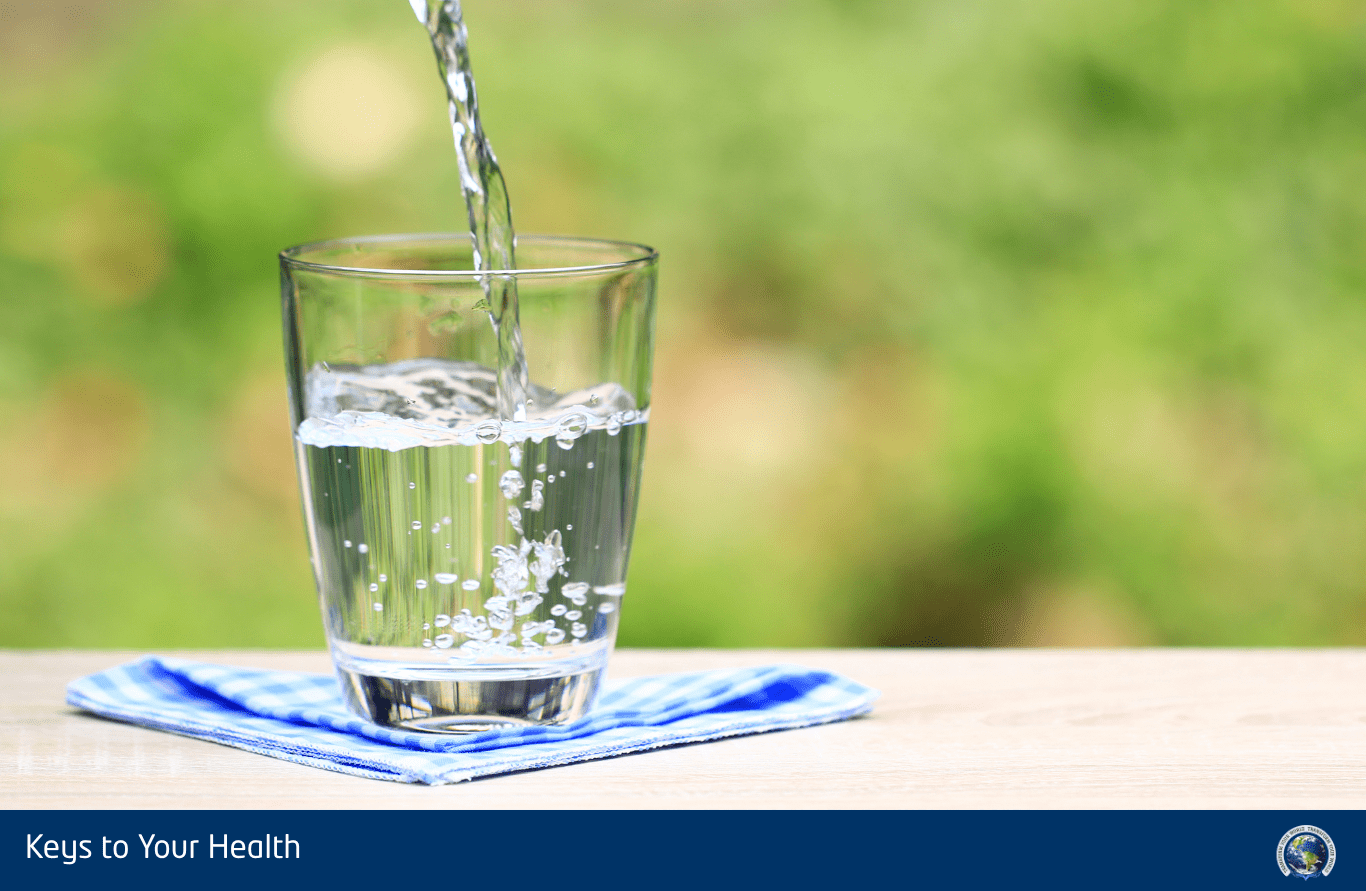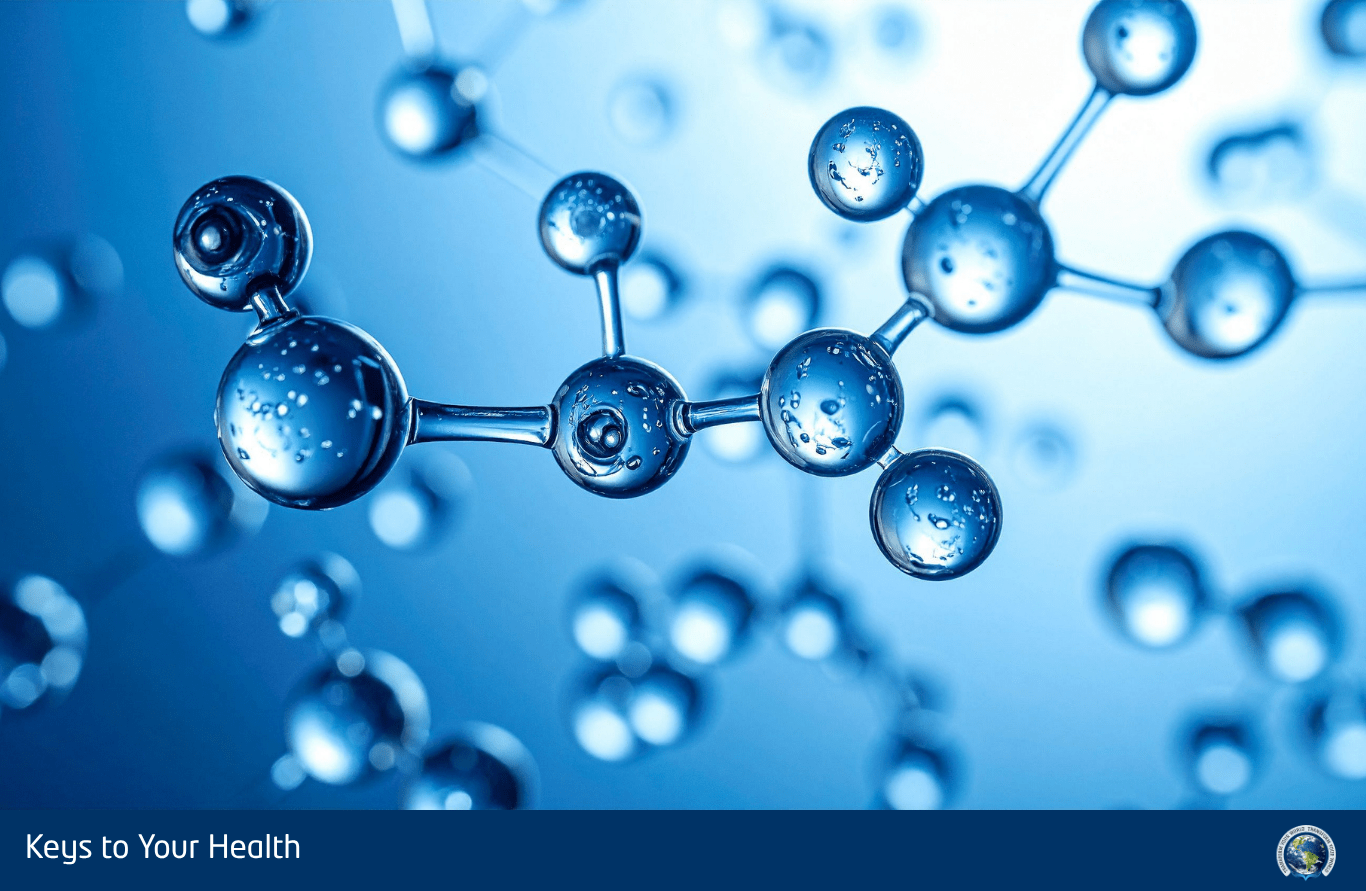You turn on the tap, fill your glass, and take a sip without a second thought. But have you ever wondered what’s in your tap water? While municipal water treatment plants aim to provide clean and safe drinking water, research suggests that tap water can contain hidden contaminants that may pose long-term health risks.
The Hidden Dangers of Drinking Tap Water
Tap water is often treated to meet safety standards, but that doesn’t mean it’s completely free from harmful substances. Some of the most concerning contaminants include:
- Heavy Metals – Lead, arsenic, and mercury can leach into tap water through old pipes, potentially causing serious health issues. Studies have shown that prolonged exposure to lead in drinking water can lead to neurotoxicity, particularly in children, affecting cognitive development and behavior (Sanders et al., 2009).
- Chlorine & Chloramine – Used to disinfect water, these chemicals may produce harmful byproducts, such as trihalomethanes (THMs), which have been linked to an increased risk of bladder cancer (Villanueva et al., 2004).
- Fluoride – While added to prevent tooth decay, excessive fluoride intake has been associated with potential adverse effects on bone and brain health. A systematic review found a correlation between high fluoride exposure and lower IQ in children (Choi et al., 2012).
- Pharmaceutical Residues – Trace amounts of medications, including antibiotics and hormones, have been detected in tap water sources. A study highlighted the presence of pharmaceutical compounds in drinking water and their potential long-term impact on human health (Aus der Beek et al., 2016).
- Pesticides & Herbicides – Agricultural runoff can introduce harmful chemicals into tap water supplies, affecting long-term health. Research has linked exposure to certain pesticides in drinking water with endocrine disruption and reproductive health issues (Mnif et al., 2011).
Health Risks of Contaminated Tap Water
Drinking contaminated tap water may contribute to a variety of health concerns, such as:
- Digestive Issues – Bacteria and chemicals in tap water can disrupt gut health, leading to gastrointestinal problems. Studies have linked chlorine-treated water to alterations in gut microbiota, which may affect digestion and immunity (Zhang et al., 2020).
- Hormonal Disruptions – Endocrine-disrupting chemicals (EDCs) found in some water sources may interfere with hormone regulation. Research indicates that exposure to EDCs can lead to developmental and reproductive issues (Gore et al., 2015).
- Increased Cancer Risk – Prolonged exposure to specific contaminants, like chlorine byproducts and heavy metals, has been linked to a higher risk of cancer. A study found that arsenic-contaminated drinking water is associated with an increased risk of skin, bladder, and lung cancer (Naujokas et al., 2013).
- Neurological Effects – Lead and other neurotoxic substances in tap water can have a negative impact on brain function, particularly in children. The Flint water crisis highlighted the severe cognitive and behavioral effects of lead exposure in young populations (Hanna-Attisha et al., 2016).
The Importance of Drinking ERW, Ionized Water, and Hydrogen Water Over Tap Water
Switching from tap water to electrolyzed reduced water (ERW), ionized water, or hydrogen-rich water offers several advantages that can enhance health and well-being. Here’s why:
- Superior Hydration – Hydrogen-rich water has been shown to enhance cellular hydration and mitigate oxidative stress, thereby helping to prevent dehydration-related issues (Ostojic, 2015).
- Antioxidant Properties – ERW and hydrogen water contain molecular hydrogen, a powerful antioxidant that can neutralize harmful free radicals, reducing inflammation and oxidative damage (Ohta, 2015).
- Alkalizing Effects – Ionized water helps balance the body’s pH levels by reducing acidity, which may contribute to improved metabolism and reduced risk of chronic disease (Koufman & Johnston, 2012).
- Enhanced Detoxification – The micro-clustered structure of ERW aids in efficient detoxification, allowing the body to flush out toxins more effectively (Shirahata et al., 2012).
- Improved Athletic Performance and Recovery – Studies have shown that hydrogen-rich water can reduce fatigue, improve endurance, and enhance post-exercise recovery by reducing lactic acid buildup (Aoki et al., 2012).
How to Protect Yourself from the Dangers of Tap Water
If you’re concerned about the dangers of drinking tap water, here are some steps you can take to ensure safer hydration:
- Use a High-Quality Water Filter – Investing in a filtration system can remove many harmful contaminants. Reverse osmosis and activated carbon filters have been shown to effectively reduce heavy metals, chlorine byproducts, and pharmaceutical residues.
- Drink Purified or Alkalized Water – Opting for purified or hydrogen-infused water can provide cleaner and healthier hydration options.
- Test Your Water Supply – Regularly testing your home’s tap water can help identify potential contaminants. Many local health departments offer free or low-cost water testing services.
- Stay Informed – Check local water quality reports to stay updated on any issues with your municipal supply.
Conclusion
While tap water may seem like a convenient and affordable option, the dangers of drinking tap water shouldn’t be ignored. By understanding what’s in your tap water and taking proactive steps to filter out contaminants, you can safeguard your health and well-being. Clean water is essential—make sure you’re drinking the best quality possible!



